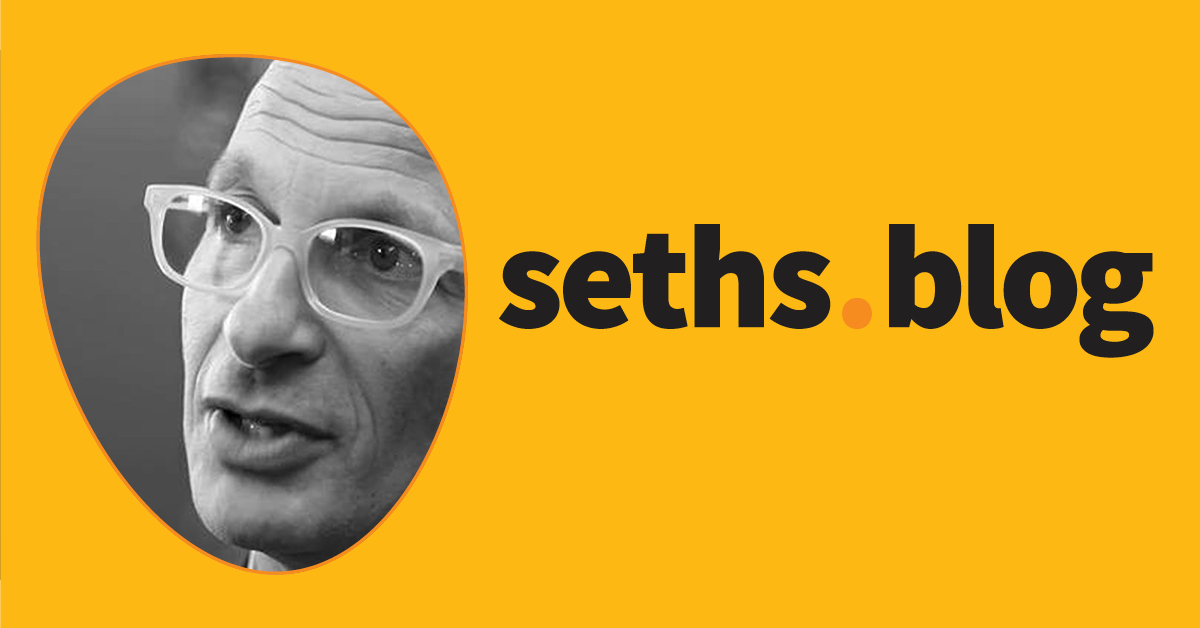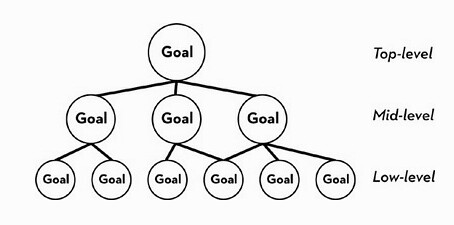
People who are rated as good storytellers exhibit a purpose-oriented mindset and big-picture thinking more often than others

People who are rated as good storytellers exhibit a purpose-oriented mindset and big-picture thinking more often than others
:extract_focal()/https%3A%2F%2Fi2.wp.com%2Fdariusforoux.com%2Fwp-content%2Fuploads%2F2016%2F10%2FIMG_0106.png%3Ffit%3D665%252C499%26ssl%3D1)
Happiness as an achievable goal is an illusion, but that doesn't mean happiness itself is not attainable.

There are lots of useful, honest answers. Some might include: I do what I’m told I challenge the status quo I show up on time I solve complicated problems I absorb nonsense and create calm fo…
To go above and beyond expectations when completing a given task/project. A genericized phrase originally used within the animation industry and the film industry as a whole. Based on a scene from the 1988 mixed live-action/animated film 'Who Framed Roger Rabbit' in which the main live-action character, Eddie Valiant, bumps into a ceiling lamp whilst handcuffed to the main animated character, Roger Rabbit, causing the lamp to continually swing back and forth throughout the remainder of the scene. The term refers to how the animators went on to meticulously hand-draw unique shadows for the animated character for every frame of the scene. The phrase went on to become a company mythos for the Walt Disney Company, then as a guiding principle within the greater film industry, and now sees use generally.

Mark Twain once said that the two most important days in your life are the day you are born, and the day that you discover why. My goal for writing this article is to share an approach to discover (or in my case, rediscover) your “why”.

A lot of people set goals. A lot of people fail to achieve those goals. That's a shame. Here's what science and research reveal about how to set good goals.

For most people, purpose at work is built not found. Working with a sense of purpose day-in and day-out is an act of will that takes thoughtfulness and practice. How do you consciously endow your work with purpose? First, connect work to service. Ask yourself, who do I serve? Connecting your day-to-day jobs — consciously and concretely — to those we’re ultimately serving makes completing that work more purposeful. Next, craft your work – and make work a craft. Shape your tasks to make them more meaningful, and dedicate yourself to learning perfecting key skills in the role. Then, invest in positive relationships by developing collegial relationships at work. Finally, remember why you work. Identify the person or group of people in your personal life that your work is in service for, and keep them in mind when you work through even the most tedious of tasks. Purpose isn’t magic — it’s something we must consciously pursue and create. With the right approach, almost any job can be meaningful.

We’re all looking for purpose. Most of us feel that we’ve never found it, we’ve lost it, or in some way we’re falling short. But in the midst of all this angst, we’re also suffering from fundamental misconceptions about purpose. Challenging these misconceptions could help us develop a more rounded vision of purpose. The first misconception is that purpose is a thing you find. Purpose is a thing you build, not a thing you find. The second misconception is that purpose is a single thing. Most of us will have multiple sources of purpose in our lives — in our work, family, or community, for instance. Acknowledging these multiple sources of purpose takes the pressure off of finding a single thing to give our lives meaning. The last misconception is that purpose is stable over time. Just as we all find meaning in multiple places, the sources of that meaning can and do change over time.